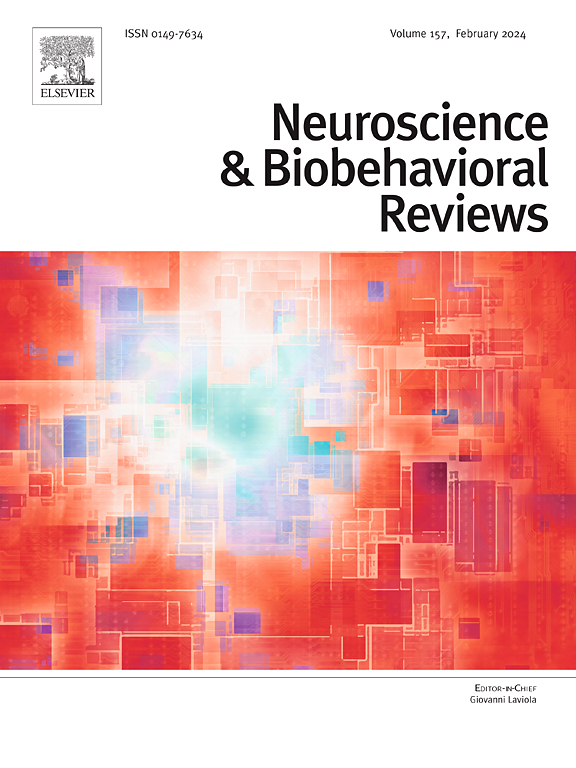视觉注意背后的大规模功能网络
IF 7.5
1区 医学
Q1 BEHAVIORAL SCIENCES
引用次数: 0
摘要
注意网络被粗略地定义为在注意任务中相互作用以控制行为的大脑区域,但注意网络的具体定义在基于任务需求和模式的研究项目中有所不同。注意力网络任务是设计来举例说明三个方面的注意,警报,定向和执行控制,使用视觉线索范式。它的支持者提出了一个网络系统,作为这些方面的基础。是否存在一个独立于其他认知和感觉处理系统的统一的网络系统作为注意力的基础是有争议的。我们回顾了视觉注意领域内的注意系统的证据。神经成像研究使用fMRI, EEG, MEG,和其他各种任务归因于注意,视觉线索,视觉搜索,和分散的注意力,进行比较。本文最后讨论了独立的“注意系统”在描述大脑如何灵活地控制许多归因于视觉注意的能力时的局限性。本文章由计算机程序翻译,如有差异,请以英文原文为准。
Large-scale functional networks underlying visual attention
Attention networks are loosely defined as the regions of the brain which interact to control behaviour during attentional tasks, but the specific definition of attention networks varies between research programs based on task demands and modalities. The Attention Network Task was designed to exemplify three aspects of attention, alerting, orienting, and executive control, using a visual cueing paradigm. Its proponents propose a system of networks which underlies these aspects. It is debated whether there exists a unified system of networks which underlies attention independently of other cognitive and sensory processing systems. We review the evidence for an attention system within the domain of visual attention. Neuroimaging research using fMRI, EEG, MEG, and others across a variety of tasks attributed to attention, visual cueing, visual search, and divided attention, is compared. This concludes with a discussion on the limitations of an independent “attention system” for describing how the brain flexibly controls many abilities attributed to visual attention.
求助全文
通过发布文献求助,成功后即可免费获取论文全文。
去求助
来源期刊
CiteScore
14.20
自引率
3.70%
发文量
466
审稿时长
6 months
期刊介绍:
The official journal of the International Behavioral Neuroscience Society publishes original and significant review articles that explore the intersection between neuroscience and the study of psychological processes and behavior. The journal also welcomes articles that primarily focus on psychological processes and behavior, as long as they have relevance to one or more areas of neuroscience.

 求助内容:
求助内容: 应助结果提醒方式:
应助结果提醒方式:


